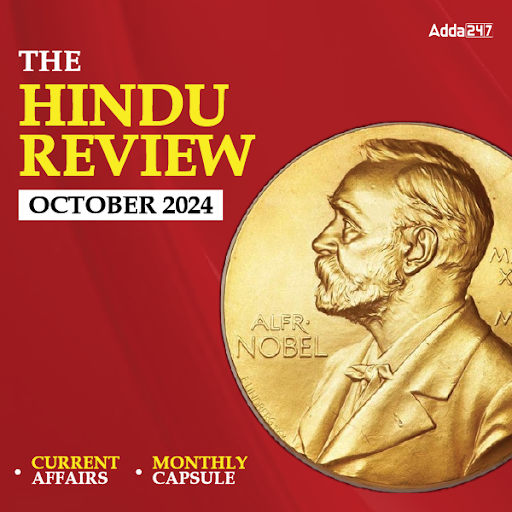Directions(1-5): Study the following information and answer the questions given below:
Eight persons P, Q, R, S, T, U, V, W from two families are taking breakfast around a round table. Three members are from one family and five belong to other family. Five of them are male members.
T, a male member is sitting second to right of V, a male member. In all cases R has same position with respect to S, who is second to left of Q, a female member. S is wife of W and is sitting adjacent to her husband. U is sister of W and is not sitting exactly between V and T. Q is immediate left of V. W is sitting immediate right of P.
Q1. Which of the given statement is wrong?
(a) U is immediate right of S
(b) T is immediate left of P
(c) Q is sitting between U and V
(d) R is second to left of W
(e) V is second to right of U
Q2. Who is second to the left of P?
(a) Q
(b) V
(c) R
(d) S
(e) U
Q3. How many persons are sitting between P and Q when we count anticlockwise?
(a) 2
(b) 3
(c) 4
(d) None
(e) Cannot be determined
Q4. How many members are there in W’s family?
(a) 2
(b) 3
(c) 5
(d) can’t be determined
(e) None of these
Q5. One out of five groups does not match on the basis of sitting arrangement. Find that group-
(a) USQ
(b) RVT
(c) TRP
(d) WPS
(e) None of these
Directions(6-10): Given below some words are coded in a certain language. Study these information and answer the following questions-
Take fresh vegetables – le ra sa
Fresh and pure water – sa mi nu te
Take sweet water – ra mi fi
Safe and pure – nu te ze
Q6. In this code language what does ‘mi’ stand for-
(a) fresh
(b) and
(c) pure
(d) water
(e) cannot be determined
Q7. Which code must be for ‘pure’?
(a) sa
(b) mi
(c) nu
(d) te
(e) cannot be determined
Q8. How we can write ‘take safe water’ in this code language?
(a) ra ze mi
(b) ra zi fi
(c) ze mi la
(d) ra sa nu
(e) ra nu te
Q9. In this language ‘go and take’ may be written as:
(a) ne te ra
(b) te ra fi
(c) nu mi sa
(d) nu ki ra
(e) ki te ze
Q10. For which word code ‘te’ is used?
(a) and
(b) pure
(c) either (a) or (b)
(d) water
(e) cannot be determined
Directions(11-15): In the following questions, the symbols @, #, %, $ and © are used with the following meaning as illustrated below:
‘P # Q’ means ‘P is neither greater than nor equal to Q’
‘P © Q’ means ‘P is neither equal to nor smaller than Q’
‘P % Q’ means ‘P is neither smaller than nor greater than Q’
‘P $ Q’ means ‘ P is not smaller than Q’
‘P @ Q’ means ‘P is not greater than Q’
Now in each of the following questions, assuming the given statements to be true, find which of the three conclusions I, II and III given below them is/are definitely true and give your answer accordingly.
Q11. Statements: R@D, D©W, B$W
Conclusions:
I. W # R
II. B © D
III. W $ R
(a) None is true
(b) Only I is true
(c) Only III is true
(d) Only either I or III is true
(e) All are true
Q12. Statements: H$V, V%M, K©M
Conclusions:
I. K©V
II. M@H
III. H©K
(a) Only I and III are true
(b) Only II and III are true
(c) Only I and II are true
(d) All are true
(e) None of these
Q13. Statements: K#T, T$B, B@F
Conclusions:
I. F$T
II. K#B
III. T$F
(a) None is true
(b) Only I is true
(c) Only I and II are true
(d) Only II and III are true
(e) All are true
Q14. Statements: Z#F, R@F, D©R
Conclusions:
I. Z#R
II. F#D
III. D©Z
(a) None is true
(b) Only I is true
(c) Only III is true
(d) Only either I or III is true
(e) All are true.
Q15. Statements: M © R, R % D, D@N
Conclusions:
I. M©N
II.N$R
III. M©D
(a) Only I and II are true
(b) Only II and III are true
(c) Only I and III are true
(d) All are true
(e) None of these





 General Awareness Quiz for Bank Mains Ex...
General Awareness Quiz for Bank Mains Ex...
 English Language Quiz For Bank Foundatio...
English Language Quiz For Bank Foundatio...
 Reasoning Quiz For Bank Foundation 2024 ...
Reasoning Quiz For Bank Foundation 2024 ...




